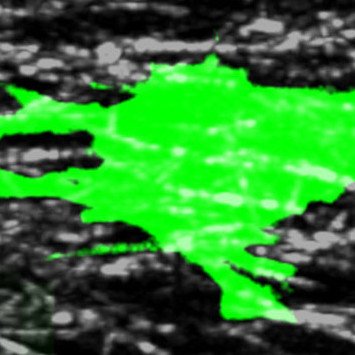New BME study provides clues to decades-old mystery about cell movement

July 22, 2021—A new study, led by BME Professor Robert Tranquillo and team, shows that the stiffness of protein fibers in tissues, like collagen, are a key component in controlling the movement of cells. The groundbreaking discovery provides the first proof of a theory from the early 1980s and could have a major impact on fields that study cell movement from regenerative medicine to cancer research.
The research is published in the Proceedings of the National Academy of Sciences of the United States of America (PNAS), a peer-reviewed, multidisciplinary, high-impact scientific journal.
Directed cell movement, or what scientists call “cell contact guidance,” refers to a phenomenon when the orientation of cells is influenced by the alignment of fibers within soft tissues. Understanding the mechanisms for how they align their movement with the fibers is considered by researchers to be a final frontier in controlling cell migration.
“This is just the first step to truly understand how cells move,” said Robert Tranquillo, the senior researcher on the study. “If we can learn more about how cells move, it could be a game-changer in many scientific fields.”